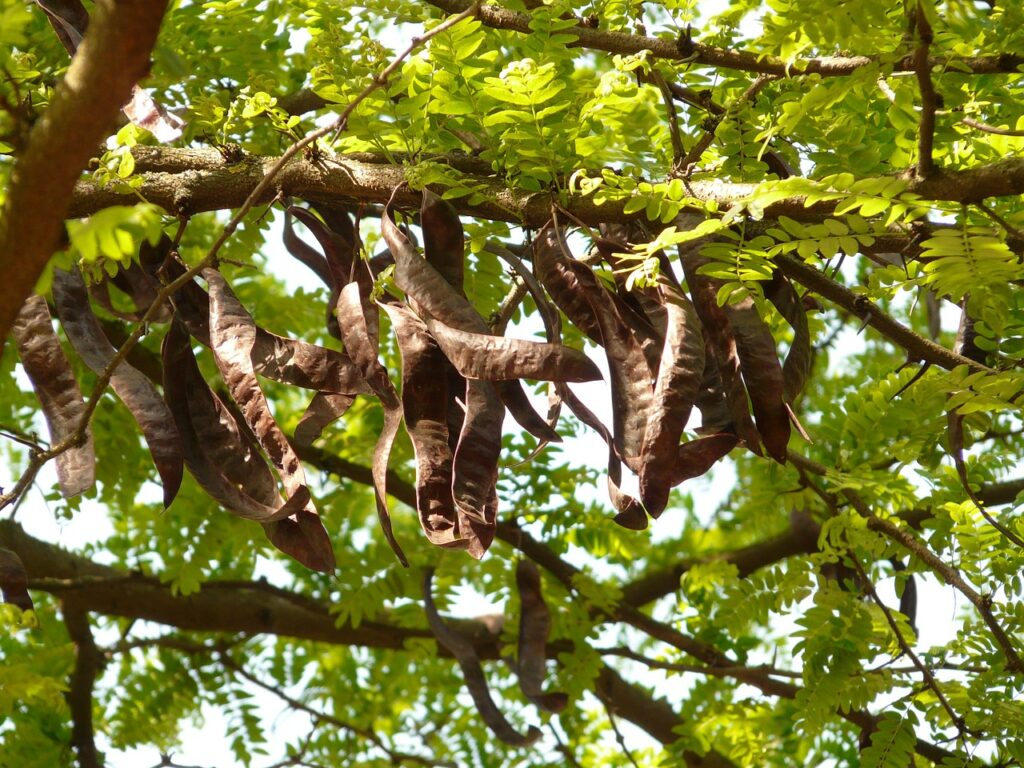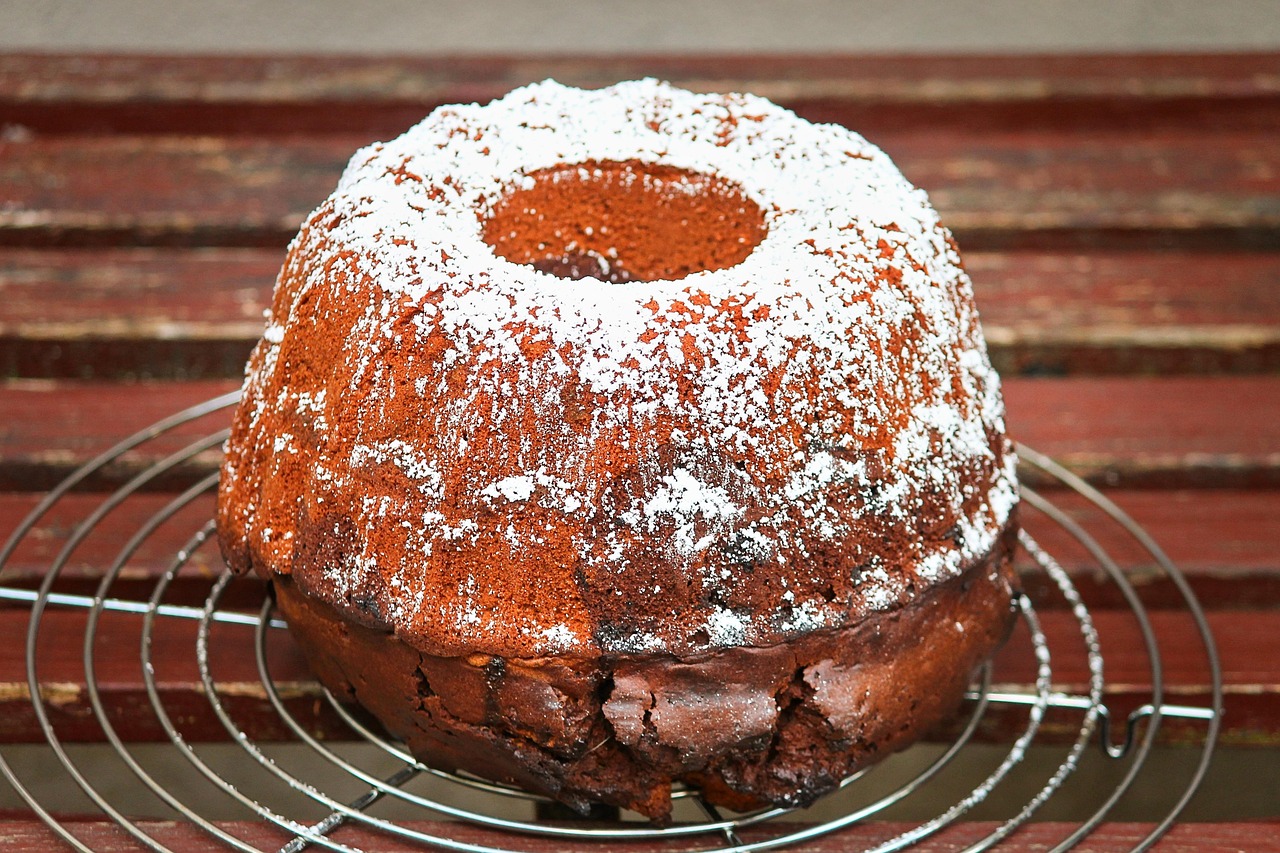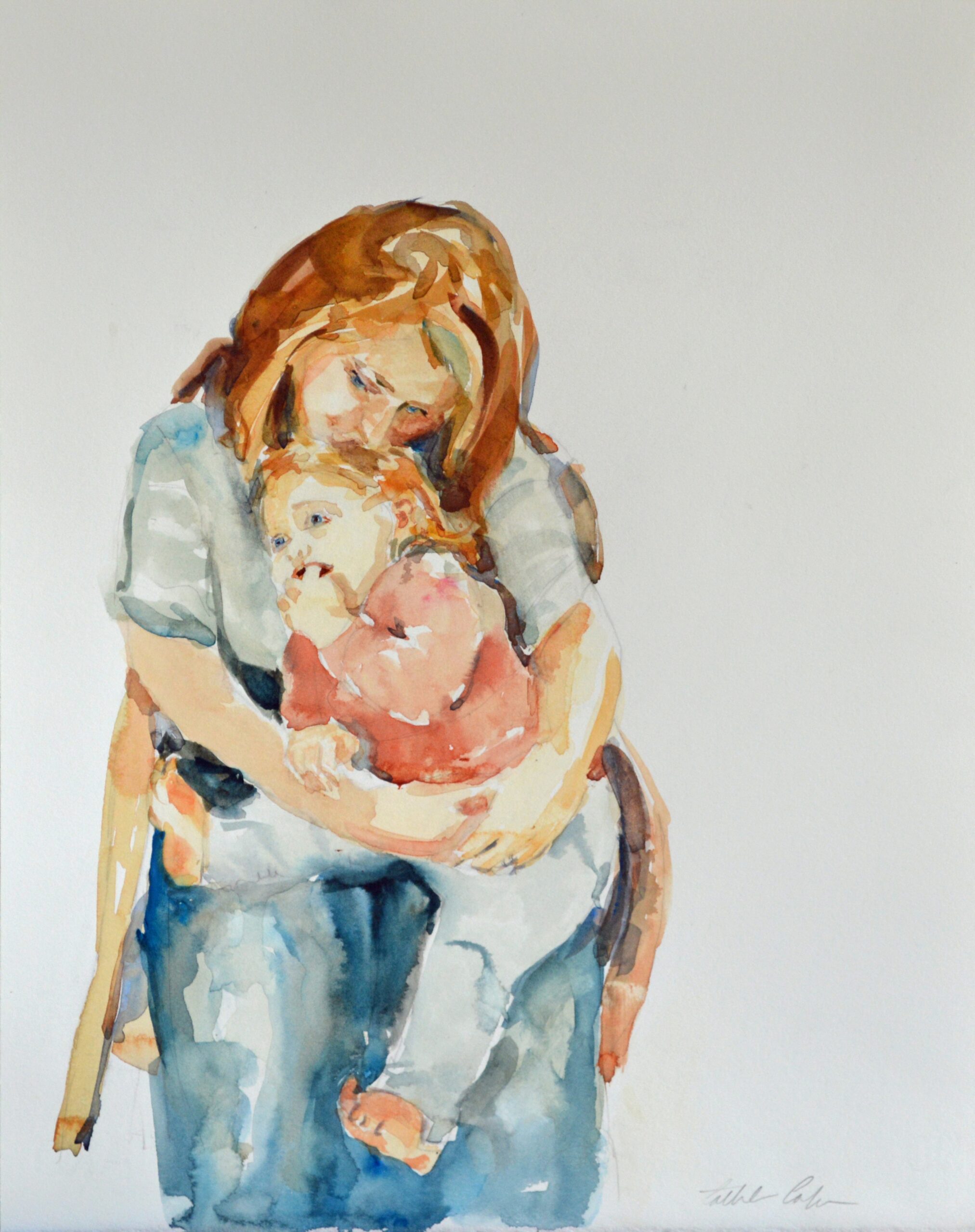If you have a sapling in your hand and someone tells you the
Messiah has arrived, first plant the sapling and then go out
to welcome the Messiah. —Rabbi Yochanan ben Zakkai
Talmud sages
cite the old man
cheerfully planting
a carob tree, unbothered
by the seventy year wait
for the chewy pods
fondly recalled from youth.
Never mind that a carob tree
yields in seven years, not seventy—
the Talmud and the Torah
don’t offer logical numbers.
Only advice to plant first
and welcome the Messiah later.
To put every sapling in the ground
without counting how many years
before you or your children taste fruit.
This poem is from Manna in the Morning (Kelsay Books, 2021)













